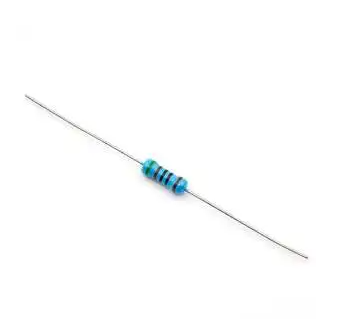Unraveling the Mysteries of Current Sensing Resistors' Dynamics
At the heart of electronic circuits lies the pivotal role of current sensing resistors. These critical components exploit the fundamental Ohm's law, unveiling a direct correlation between the voltage across a resistor and the current meandering through it. This principle shines particularly bright when managing the nuances of low-power currents, think in the realm of several hundred milliamps, where thermal losses, calculated by the formula P=I²xR, stay within bounds. Yet, as we venture into the territory of 10-20A currents, thermal losses on the resistor burgeon dramatically. This surge not only detracts from circuit efficiency but may escalate into a safety concern. The act of mitigating heat loss by trimming the resistor's resistance does indeed dial down power loss; however, it simultaneously trims down the measurement voltage, thus blurring the system's sampling resolution.
The Quest for Long-Term Stability
The saga of long-term stability emerges as a paramount metric in the realm of sensors and electronic measurement components. The expectation? That sensors will cling to their initial high precision, unwavering over the sands of time. Anchoring such stability demands the selection of corrosion-resistant resistor materials and the maintenance of consistent alloy compositions, steadfast through the component's journey. To meet these stringent standards, manufacturers weave magic with homogenous composite crystal alloys and embark on stringent annealing and stabilization rituals, aiming to achieve a state of thermodynamic nirvana for the resistor material. Such meticulous craftsmanship propels the alloy's stability to stratospheric heights (e.g., ppm/year), crafting it into the ideal candidate for precision standard resistor applications. High-temperature resistance drift tests reveal a mere -0.2% resistance metamorphosis after 1,000 hours of aging at 140°C, a minor blip on the radar.

Crafting Terminal Connections with Precision
The art of designing low-resistance resistors brings to light the significant impact of terminal resistance and its temperature coefficient on the overall performance narrative. For the tapestry of precise voltage measurement outcomes, these elements must be seamlessly woven into the design blueprint. A novel tactic employs the addition of extra sampling terminals for a direct voltage reading across the metal's expanse. Harnessing the precision of electron beam welding technology, the birthed copper-manganese nickel-copper resistor boasts negligible terminal resistance. A cardinal rule during this design odyssey: eschew direct dalliances between the sampling signal line and the current sensing resistor's current conduit to avert interference.
